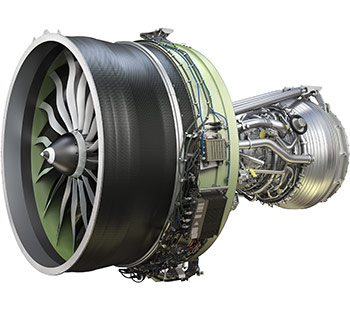Leeham News and Analysis
There's more to real news than a news release.
If Boeing builds MAX 10, will customers come?
Subscription Required
Introduction
March 7, 2017, © Leeham Co.: If Boeing builds the 737-10, which appears increasingly likely, will customers come?
This is always the multi-billion-dollar question for any aircraft and engine manufacturer.
For Boeing, launching the 737-10 is a low-risk, and in the eyes of many, futile effort to stem the bleeding of market share between the MAX 9 and its rival, the Airbus A321neo.
- “That’s the most absurd thing I’ve ever heard. What is he, flying downhill?” Airbus’ John Leahy reacting to claims by Boeing’s Randy Tinseth that the 737-10 has more range than the A321neo.
Depending on who’s counting and how the numbers are calculated, the A321 sales outpace the MAX 9 by a factor of four or five to one. LNC calculated last year that the ratio is more likely 3:1, identical to the market share split between the predecessor airplanes, the 737-900ER and the A321ceo.
Boeing soft launch for 737 MAX 10
March 6, 2017, © Leeham Co.: Boeing effectively did a soft launch today of the 737-10 MAX at the ISTAT Americas conference in San Diego.
Randy Tinseth, VP-Marketing, revealed basic specifications for the MAX 10, the first time Boeing has done so in a public forum.
Pontifications: Boeing 737-9 roll-out–Nothing Special in the Air
March 6, 2017, © Leeham Co.: Boeing rolls out its 737-9 MAX tomorrow.
Last week, I received a call from one of the network/cable news organizations asking, What’s special about this airplane?
The answer is: Nothing.
Bjorn’s Corner: Aircraft engine maintenance, Part 1
March 3, 2017, ©. Leeham Co: We will now go through how airline turbofans are maintained. First, we will describe the typical work which is performed, then look into the markets for engine maintenance.
In the markets for engine maintenance, we will look at who the players are, how they are related to the engine OEMs and why the market dynamics are very different between engines for single-aisle aircraft and wide-bodies.
Long-haul cost differences
By Bjorn Fehrm
Subscription Required
Introduction
March 2, 2017, © Leeham Co.: The single-aisle, long-haul operations are on the increase. The new re-engined Airbus A320neo and Boeing 737 MAX generations are good for destinations of up to 3,000 nm, after taking into account reserves, winds and alternates planning. The Airbus A321LR is good for up to 3,500nm sectors.
Last week, we showed the Bombardier CS300 is joining the crop of single-aisles capable of 3,000nm city pairs, the distance between London and New York.
We also wrote the cost level of the single-aisle aircraft is competitive with the next step up dual-aisle, the Boeing 787 and Airbus A330neo.
But how do the different cost areas pan out? Is fuel cheaper or more expensive for the dual-aisle? What about the single-aisle crew costs? For clarity, we engage our cost model.
Summary
- The total costs are similar per seat mile for single and dual aisle, but the parts are not.
- The fuel costs per seat are surprisingly similar; the differences are to find in other places.
AirAsia X; the long route to profitability
By Bjorn Fehrm
March 1, 2017, ©. Leeham Co: AirAsia X, the long haul sister of Tony Fernandes’ AirAsia, finally turned a profit during 2016. The airline, which started operation in 2007, had a bumpy ride from the start.
Initial operations were when fuel prices was at the highest, and the aircraft chosen, the Airbus A330-200 and A340-300, weren’t the most economical.
After scaling back operations in 2012 and focusing the fleet on the more economical A330-300, the business gradually turned. The low fuel prices of 2015-2016 finally brought the airline profitability for the last fiscal year. Read more










